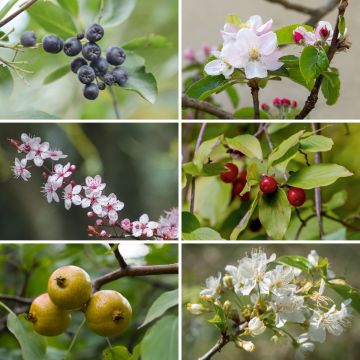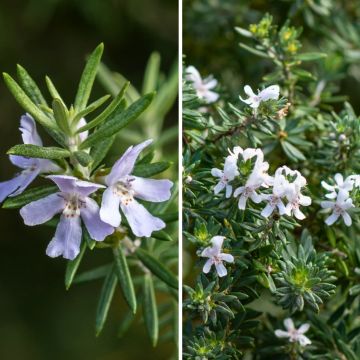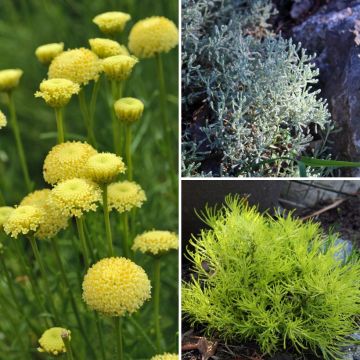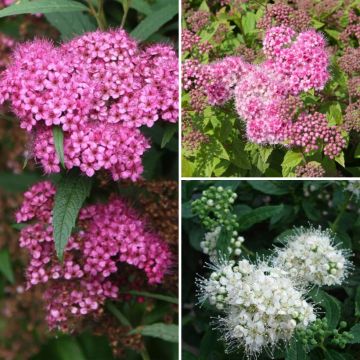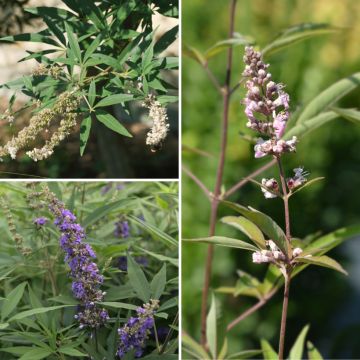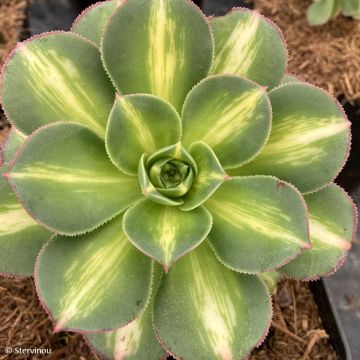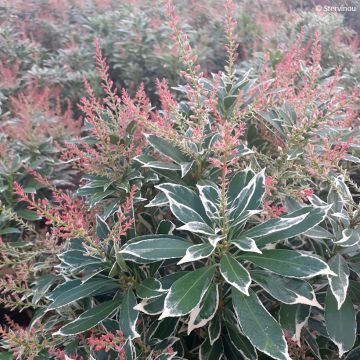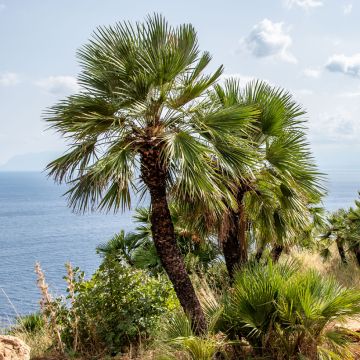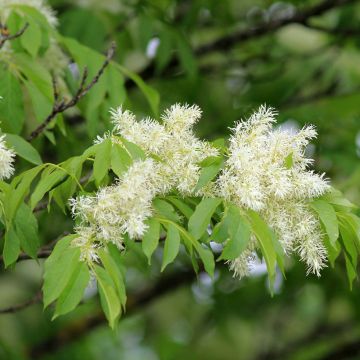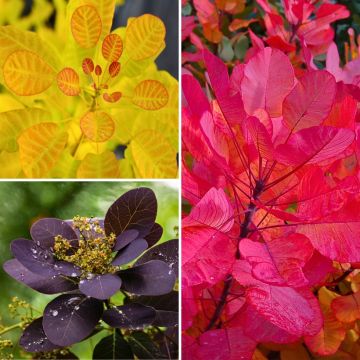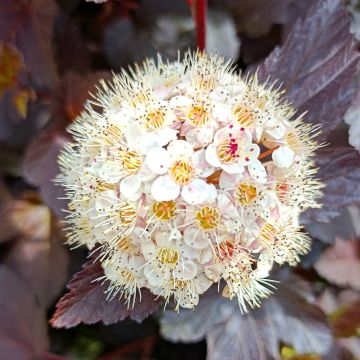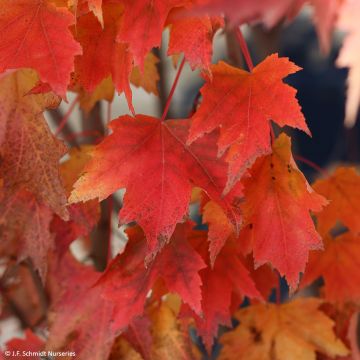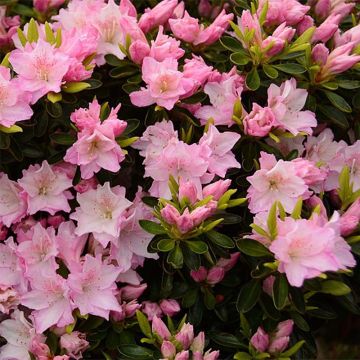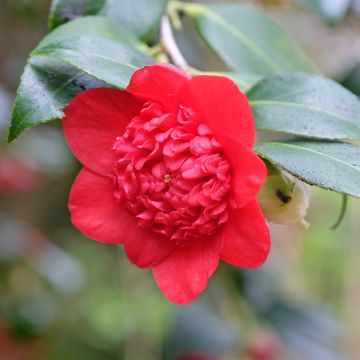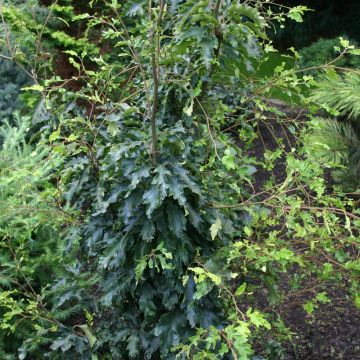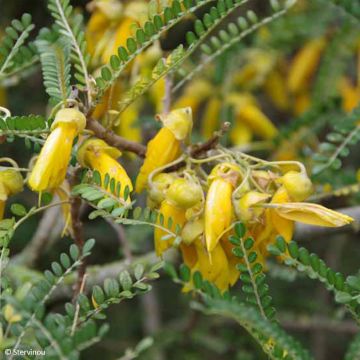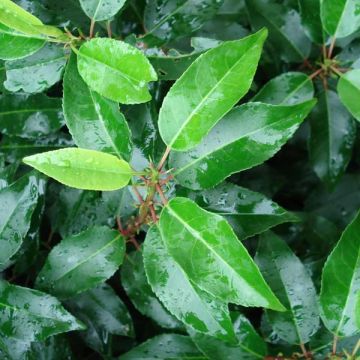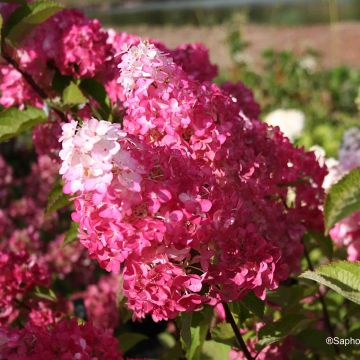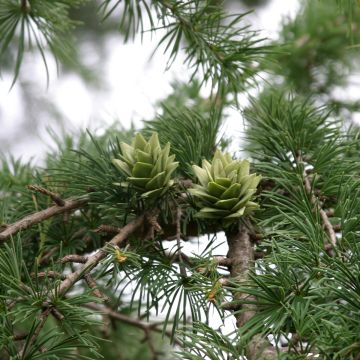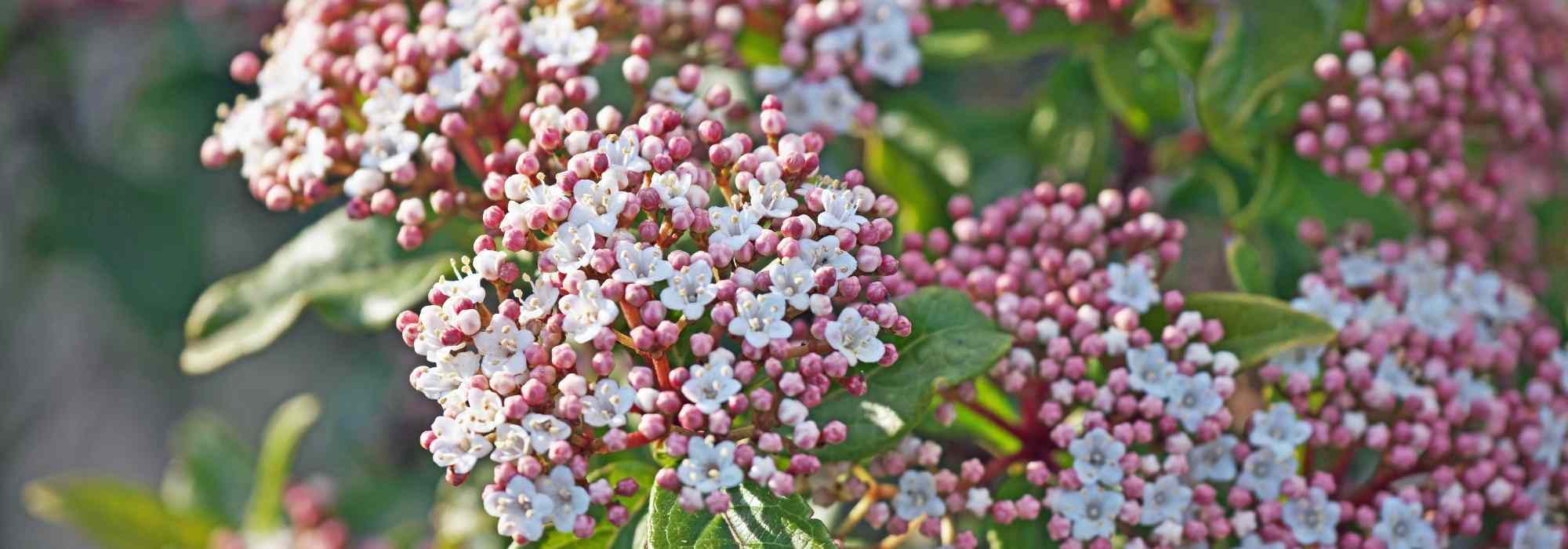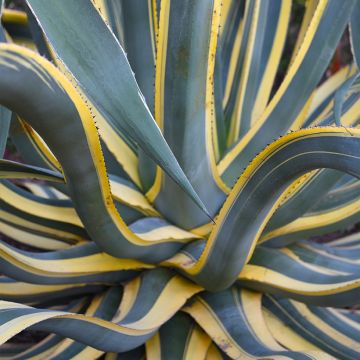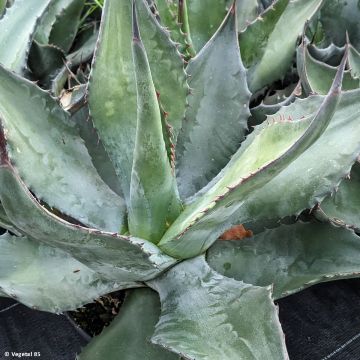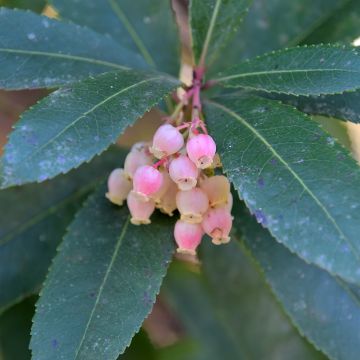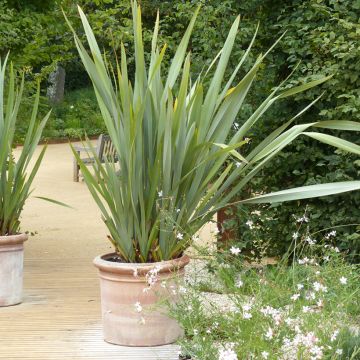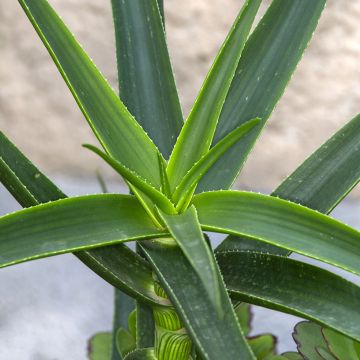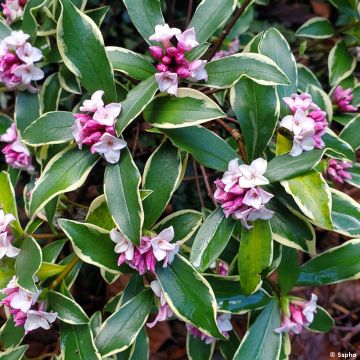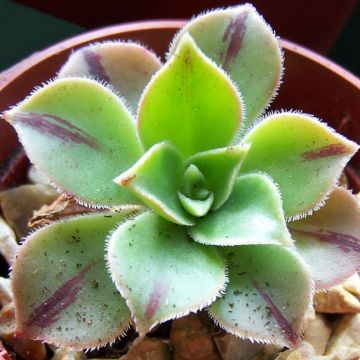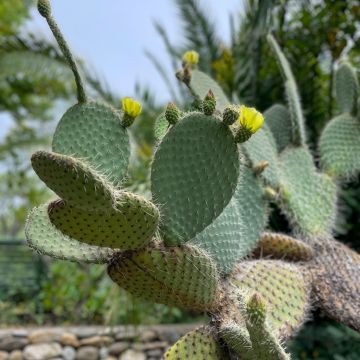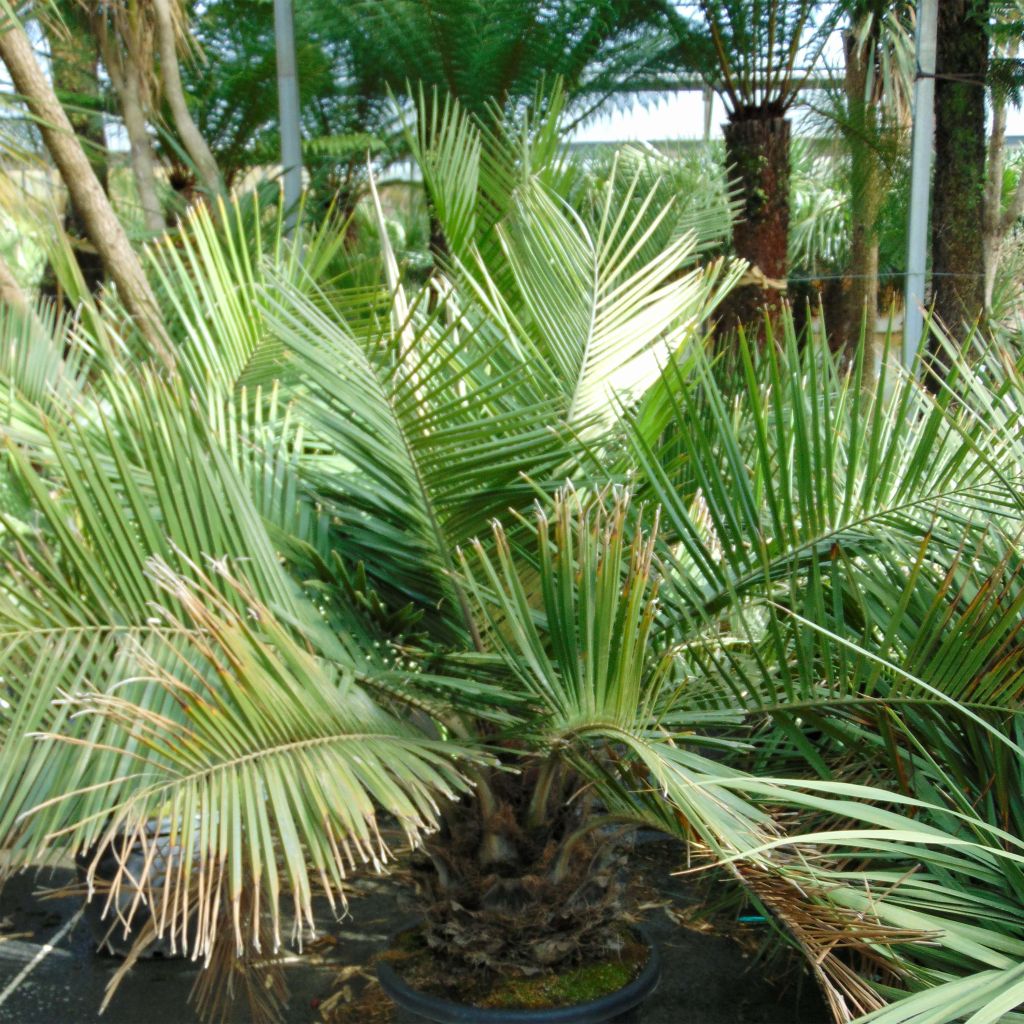

Jubaea chilensis - Cocotier du Chili
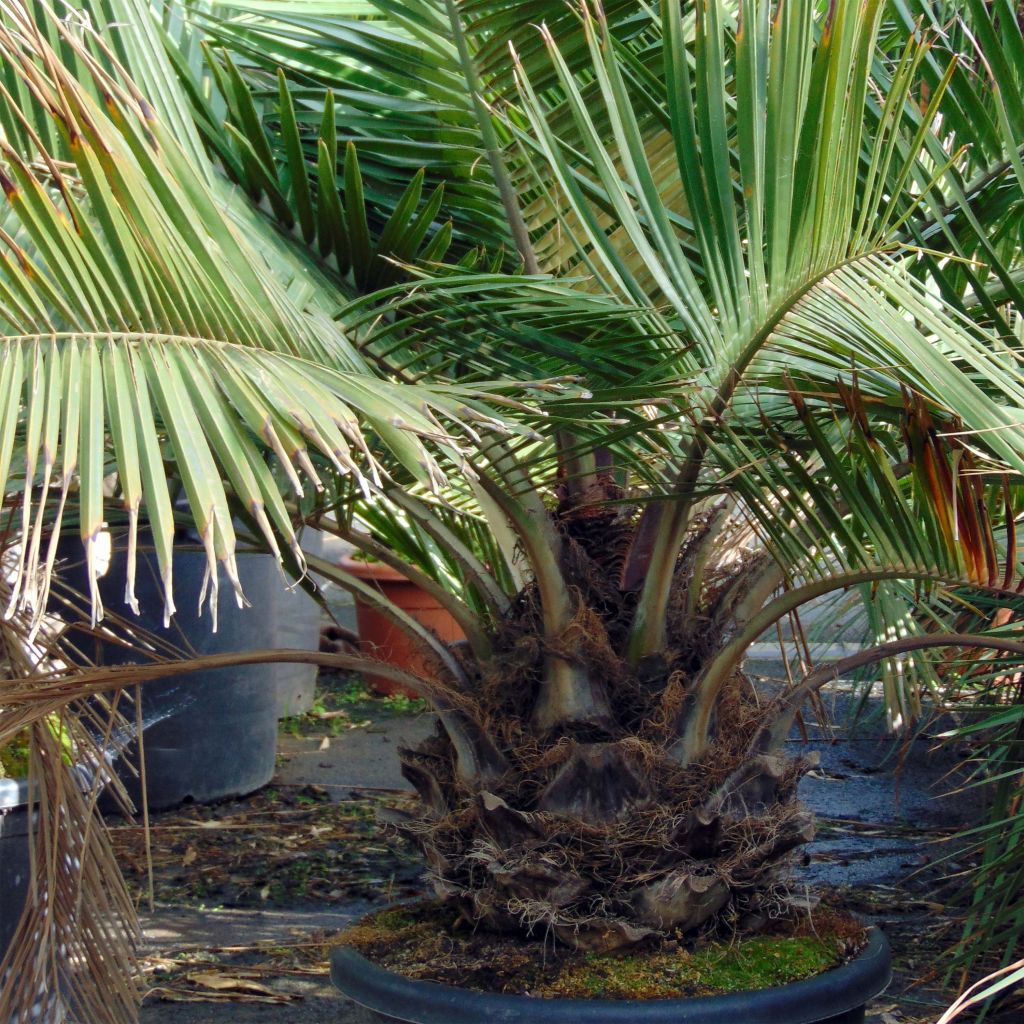

Jubaea chilensis - Cocotier du Chili
Jubaea chilensis - Chilean Wine Palm
Jubaea chilensis
Chilean Wine Palm, Chilean Coquito Palm, Coquito, Honey Palm
Juste pour information, chez moi ( comme chez un "pro" avec qui j'ai échangé), 2 young plants ont résisté sans aucun dommage à un grand froid de plusieurs jours ayant atteint -15° (5°F), l'un en terrain argileux ( surplomb de 20cm (8in), pas spécialement abrité) , l'autres plutôt sableux. S'il n'est pas planté trop jeune, il est bien plus résistant que -12° (10.4°F)!
Dominique, 08/07/2022
Special offer!
Receive a €20 voucher for any order over €90 (excluding delivery costs, credit notes, and plastic-free options)!
1- Add your favorite plants to your cart.
2- Once you have reached €90, confirm your order (you can even choose the delivery date!).
3- As soon as your order is shipped, you will receive an email containing your voucher code, valid for 3 months (90 days).
Your voucher is unique and can only be used once, for any order with a minimum value of €20, excluding delivery costs.
Can be combined with other current offers, non-divisible and non-refundable.
Why not try an alternative variety in stock?
View all →This plant carries a 24 months recovery warranty
More information
We guarantee the quality of our plants for a full growing cycle, and will replace at our expense any plant that fails to recover under normal climatic and planting conditions.


Does this plant fit my garden?
Set up your Plantfit profile →
Description
Jubaea chilensis, also called Chilean Wine Palm, is a large relatively hardy palm tree, originating from the dry regions of Chile, exposed to a climate comparable to the Mediterranean climate. It immediately imposes itself with its majestic verticality, offering a view of a massive trunk, widened in the middle, covered with a grey and horizontally wrinkled bark, in the form of a column topped with a very dense crown of slightly bluish-green leaves. Its growth is very slow, particularly during its young years, and it will not flower until it is 40 to 50 years old. Now rare in its original habitat due to mankind's greed, this palm tree may find a refuge in your garden. It is not demanding in terms of the nature of the soil: it is resistant to drought and hardy down to -15 °C (5 °F)!
A slow-growing shrubby plant from the Arecaceae family, highly appreciated as an ornamental plant, Jubaea chilensis is native to Chile, at the foot of the Andes, mainly from Valparaiso, Aconcagua and O'Higgins, where it grows up to 1500 m (4921 ft) in altitude. It thrives in dry habitats, on sandy or rocky soil, enduring hot and dry summers for 3 to 4 months, as well as rain and rather cold temperatures in winter. It was in 1858, at the botanical garden of the Thuret villa in France, that the Jubaea was first planted in Europe. The plant, described as unicaule, produces only one 'trunk' called a stipe, which can reach over 12 m (39 ft) in height and 1 m (3 ft 4 in) in diameter at an advanced age, carrying a dense crown of leaves, 4 m (13 ft) wide. The stipe is grey in colour, slightly flared at the base, and narrowed under the crown. Its epidermis is smooth and horizontally cracked, and marked with horizontal diamond shapes that are rounded at the corners. Towards the top of the stipe, this pattern flattens and increasingly stretches out. All these patterns are actually the scars left by dead leaves over the course of the plant's growth. The crown can count up to 40 pinnate leaves 3 to 5 m (9 ft 10 in to 16 ft 5 in) long, which are rigid, coriaceous, erect in the centre, and trailing on the periphery. It hides in its centre the only meristem responsible for the growth of this palm tree. The rate of growth is directly related to the more or less favourable conditions of the growing medium: faster in deep, rich and fresh soil; slower otherwise. Flowering does not occur until after 40 to 50 years. Large inflorescences, over 1 m (3 ft 4 in), covered in brown velvet, appear between the lower leaves. They are composed of numerous golden-yellow unisexual flowers: male or female. After fertilisation, they give birth to fruits similar to small coconuts 3 cm (1.2 in) in diameter, whose fibrous orange or bright yellow pulp surrounds an oleaginous seed with edible white flesh that is rich in fatty acids. This nut is known as "coquito" in Chile. Jubaea chilensis is an endangered species in its country of origin where its juice is exploited to make palm honey. It is the harvesting technique that is the sole cause of its disappearance: to let the juice flow, the top of the stipe containing the meristem is cut off, signing the death warrant, as it were, for this plant by effectively beheading it.
This palm tree, along with Trachycarpus fortunei, is one of the easiest to acclimatise in many regions. In the open ground, it will be placed alone, not far from a swimming pool for example, in the company of banana trees, or yuccas, in an exotic-inspired decor. But this very drought-resistant species will express all its potential in a Mediterranean-style garden, accompanied by Cycas, or Duprez's Cypress (Cupressus dupreziana), a true Saharan relic almost extinct in its native Tassili des Ajjers. Somewhat difficult to combine with other species because of its strong personality, it can nevertheless be planted in groups of three and surrounded by a carpet of thymes, a bed of California Poppies, or a bank of Felicia. A contemporary garden will place it above a sea of white pebbles.
Jubaea chilensis secretes a sap rich in sugars that was once distilled to produce spirits among the Mapuche Indians, called palm wine by the settlers. It was also transformed into "palm honey" after heating.
The Jubaea genus, which consists of a single species, Jubaea chilensis, is dedicated to King Juba II (50-24 BC), of the ancient African kingdom of Numidia (modern-day Mauritania), who was a botany enthusiast.
Report an error about the product description
Jubaea chilensis - Chilean Wine Palm in pictures
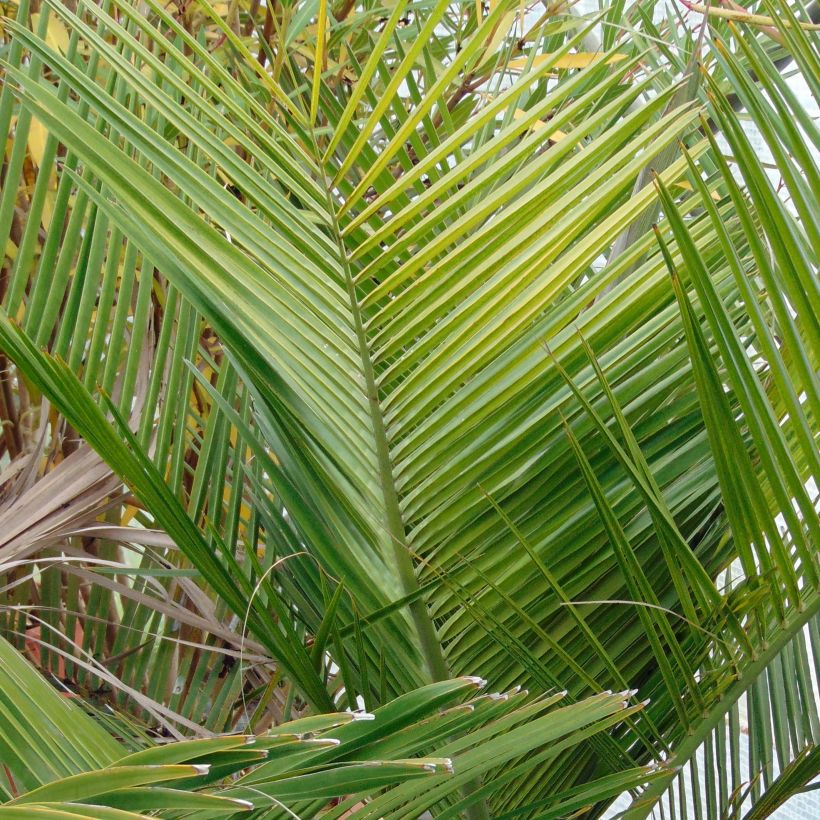

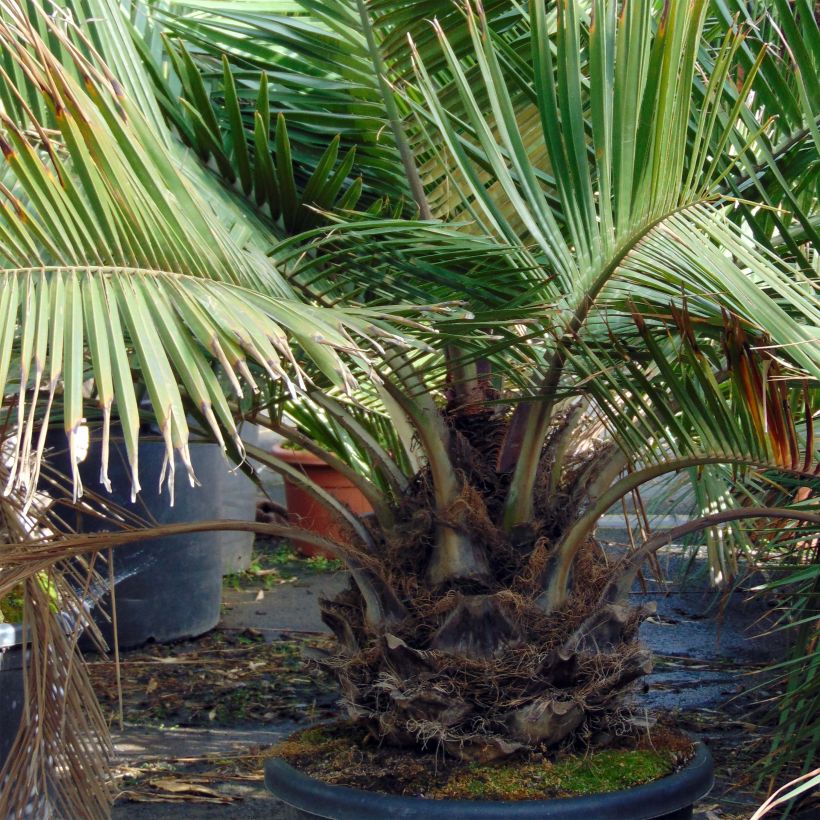

Plant habit
Flowering
Foliage
Botanical data
Jubaea
chilensis
Arecaceae
Chilean Wine Palm, Chilean Coquito Palm, Coquito, Honey Palm
South America
Other Shrubs A to Z
View all →Planting and care
Plant Jubaea chilensis in light, perfectly drained soil that is dry in summer, and even soil that is poor, sandy, stony or limestone. It will also appreciate a fresher, deep and rich soil, as long as the water does not stagnate there in winter. Ideally, plant it in a mixture of coarse sand, gravel and garden soil, which will effectively drain winter moisture. Install it in a situation sheltered from cold and dry winds, and protect the young plants during the first 3 years. At temperatures around -12/-15 °C (10.4 to 5 °F), it will most likely lose its leaves, but the crown will reform as soon as spring returns. Protect the trunk with a winter veil, and even a thick mulch. It is easy to grow and requires little maintenance, its leaves falling by themselves when they reach the end of their life.
Propagation is via sowing fresh seeds, which will germinate after 6 to 15 months.
Planting period
Intended location
Care
Planting & care advice
-
, onOrder confirmed
Reply from on Promesse de fleurs
Similar products
Haven't found what you were looking for?
Hardiness is the lowest winter temperature a plant can endure without suffering serious damage or even dying. However, hardiness is affected by location (a sheltered area, such as a patio), protection (winter cover) and soil type (hardiness is improved by well-drained soil).

Photo Sharing Terms & Conditions
In order to encourage gardeners to interact and share their experiences, Promesse de fleurs offers various media enabling content to be uploaded onto its Site - in particular via the ‘Photo sharing’ module.
The User agrees to refrain from:
- Posting any content that is illegal, prejudicial, insulting, racist, inciteful to hatred, revisionist, contrary to public decency, that infringes on privacy or on the privacy rights of third parties, in particular the publicity rights of persons and goods, intellectual property rights, or the right to privacy.
- Submitting content on behalf of a third party;
- Impersonate the identity of a third party and/or publish any personal information about a third party;
In general, the User undertakes to refrain from any unethical behaviour.
All Content (in particular text, comments, files, images, photos, videos, creative works, etc.), which may be subject to property or intellectual property rights, image or other private rights, shall remain the property of the User, subject to the limited rights granted by the terms of the licence granted by Promesse de fleurs as stated below. Users are at liberty to publish or not to publish such Content on the Site, notably via the ‘Photo Sharing’ facility, and accept that this Content shall be made public and freely accessible, notably on the Internet.
Users further acknowledge, undertake to have ,and guarantee that they hold all necessary rights and permissions to publish such material on the Site, in particular with regard to the legislation in force pertaining to any privacy, property, intellectual property, image, or contractual rights, or rights of any other nature. By publishing such Content on the Site, Users acknowledge accepting full liability as publishers of the Content within the meaning of the law, and grant Promesse de fleurs, free of charge, an inclusive, worldwide licence for the said Content for the entire duration of its publication, including all reproduction, representation, up/downloading, displaying, performing, transmission, and storage rights.
Users also grant permission for their name to be linked to the Content and accept that this link may not always be made available.
By engaging in posting material, Users consent to their Content becoming automatically accessible on the Internet, in particular on other sites and/or blogs and/or web pages of the Promesse de fleurs site, including in particular social pages and the Promesse de fleurs catalogue.
Users may secure the removal of entrusted content free of charge by issuing a simple request via our contact form.
The flowering period indicated on our website applies to countries and regions located in USDA zone 8 (France, the United Kingdom, Ireland, the Netherlands, etc.)
It will vary according to where you live:
- In zones 9 to 10 (Italy, Spain, Greece, etc.), flowering will occur about 2 to 4 weeks earlier.
- In zones 6 to 7 (Germany, Poland, Slovenia, and lower mountainous regions), flowering will be delayed by 2 to 3 weeks.
- In zone 5 (Central Europe, Scandinavia), blooming will be delayed by 3 to 5 weeks.
In temperate climates, pruning of spring-flowering shrubs (forsythia, spireas, etc.) should be done just after flowering.
Pruning of summer-flowering shrubs (Indian Lilac, Perovskia, etc.) can be done in winter or spring.
In cold regions as well as with frost-sensitive plants, avoid pruning too early when severe frosts may still occur.
The planting period indicated on our website applies to countries and regions located in USDA zone 8 (France, United Kingdom, Ireland, Netherlands).
It will vary according to where you live:
- In Mediterranean zones (Marseille, Madrid, Milan, etc.), autumn and winter are the best planting periods.
- In continental zones (Strasbourg, Munich, Vienna, etc.), delay planting by 2 to 3 weeks in spring and bring it forward by 2 to 4 weeks in autumn.
- In mountainous regions (the Alps, Pyrenees, Carpathians, etc.), it is best to plant in late spring (May-June) or late summer (August-September).
The harvesting period indicated on our website applies to countries and regions in USDA zone 8 (France, England, Ireland, the Netherlands).
In colder areas (Scandinavia, Poland, Austria...) fruit and vegetable harvests are likely to be delayed by 3-4 weeks.
In warmer areas (Italy, Spain, Greece, etc.), harvesting will probably take place earlier, depending on weather conditions.
The sowing periods indicated on our website apply to countries and regions within USDA Zone 8 (France, UK, Ireland, Netherlands).
In colder areas (Scandinavia, Poland, Austria...), delay any outdoor sowing by 3-4 weeks, or sow under glass.
In warmer climes (Italy, Spain, Greece, etc.), bring outdoor sowing forward by a few weeks.































